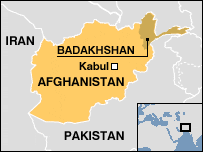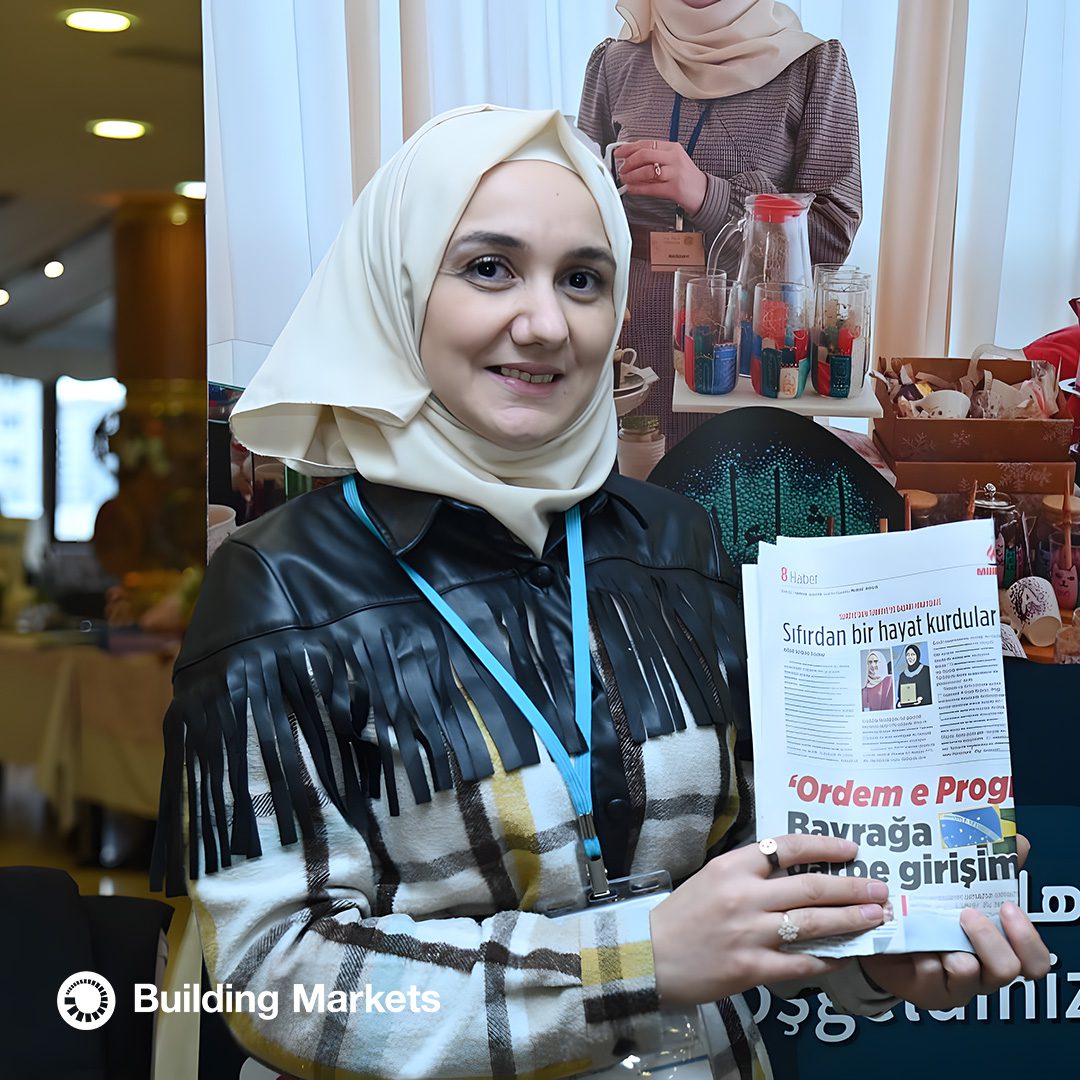USAID recently announced a new rule that has the potential to radically alter the dynamic of its development projects abroad. The agency is no longer required to purchase goods and services from American companies. It seems the agency is taking a procurement cue from the UN Mission in South Sudan.
So what might this look like on the ground, and why is this so important in the first place? A recent interview with Capacity Building Chief Captain Keith Alaniz of the US Army Corps of Engineers (USACE) in Afghanistan had the answer to both of these questions.
In 2008 the US military in Afghanistan mandated an Afghan First policy, which targets Afghan companies first for the purchase of goods and services in Afghanistan. In the case of USACE, we’re not talking chump change. With $5 billion worth of construction projects throughout the country, there’s the potential to direct millions of dollars into the hands of Afghan contractors, sub-contractors and material suppliers.
USACE learned to procure locally the hard way. In the northeast province of Badakhshan, 15  USACE projects were halted due to various disputes. When USACE held talks with local citizens, they found that locals were unhappy that they weren’t directly seeing the money from these projects.
USACE projects were halted due to various disputes. When USACE held talks with local citizens, they found that locals were unhappy that they weren’t directly seeing the money from these projects.
“They felt slighted that all of the projects were going to companies that they perceived as foreign – from Kabul or Türkiye or other countries – and not towards the province,” said Alaniz. “They understood how many millions of dollars were being put into these projects, and they weren’t seeing anything but local labor.”
So USACE held a conference – with the help of PDT – and invited Badakhshan firms. They spoke with business owners face-to-face to better understand their capacity. They also taught the companies what USACE looks for in proposals and how to find tenders. USACE continues to use PDT’s services – namely, the online supplier directory and matchmaking events – to find Afghan companies to do business with.
“Just in four months after having this small business conference we increased the amount of construction we do in the province by 25 percent,” Alaniz said. “We saved about $1.7 million dollars for the US government.”
Saving money is one huge benefit to local procurement and is important for US taxpayers who are concerned about where their money is going. Local procurement saves on transportation costs, tariff fees and in the case of Afghanistan, on the risk of supplies being pilfered or stuck at the border. It also better guarantees that USACE can deliver a project on time by significantly reducing the lead-time for supplies.
“Typically if you’re buying from outside the country, you can expect the lead time for getting supplies through the border to your project site to be anywhere between 21 and 28 days, but if you procure locally you’re looking at seven to 10 days,” Alaniz explained.
But there’s also a more macro reason for local procurement – one that fits perfectly with USAID’s mandate to “support long-term and equitable economic growth” and “improv[e] the lives of the citizens of the developing world.”
Alaniz describes this effect as two-fold. First, providing jobs reduces the appeal for many Afghans of joining the insurgency.
“It comes down to dollars and cents for these people. You have to put food on the table, and if the Taliban is offering you money to go fight…you have to make that choice,” Alaniz said. “But if we can provide jobs out into the local economy people are less likely to join an insurgent group.”
And second, stimulating the provincial economy directly contributes to the economic growth and stability of the country as a whole.
“We can build all the bases in the world, but that’s not going to make a difference if we don’t have economic growth in the country,” Alaniz said. “The overall stability of the country really depends on not only building up the security forces but building up the Afghan economy.”
With stories like Cpt. Alaniz’s at USACE, it’s easy to see why USAID is now turning toward buying local first.
Tags : Afghan First Badakhshan US Army Corps of Engineers USACE
More from this author -
Latest News -

Peace Dividend Trust offre ses services aux entreprises haitennes!
Haiti Haiti, Article




![[Press Release] Building Markets Awarded Grant from the Nasdaq Foundation to Empower Women Entrepreneurs in Colombia](https://buildingmarkets.org/wp-content/uploads/2024/03/Nasdaq-Partnership-Announcement-2.jpg)